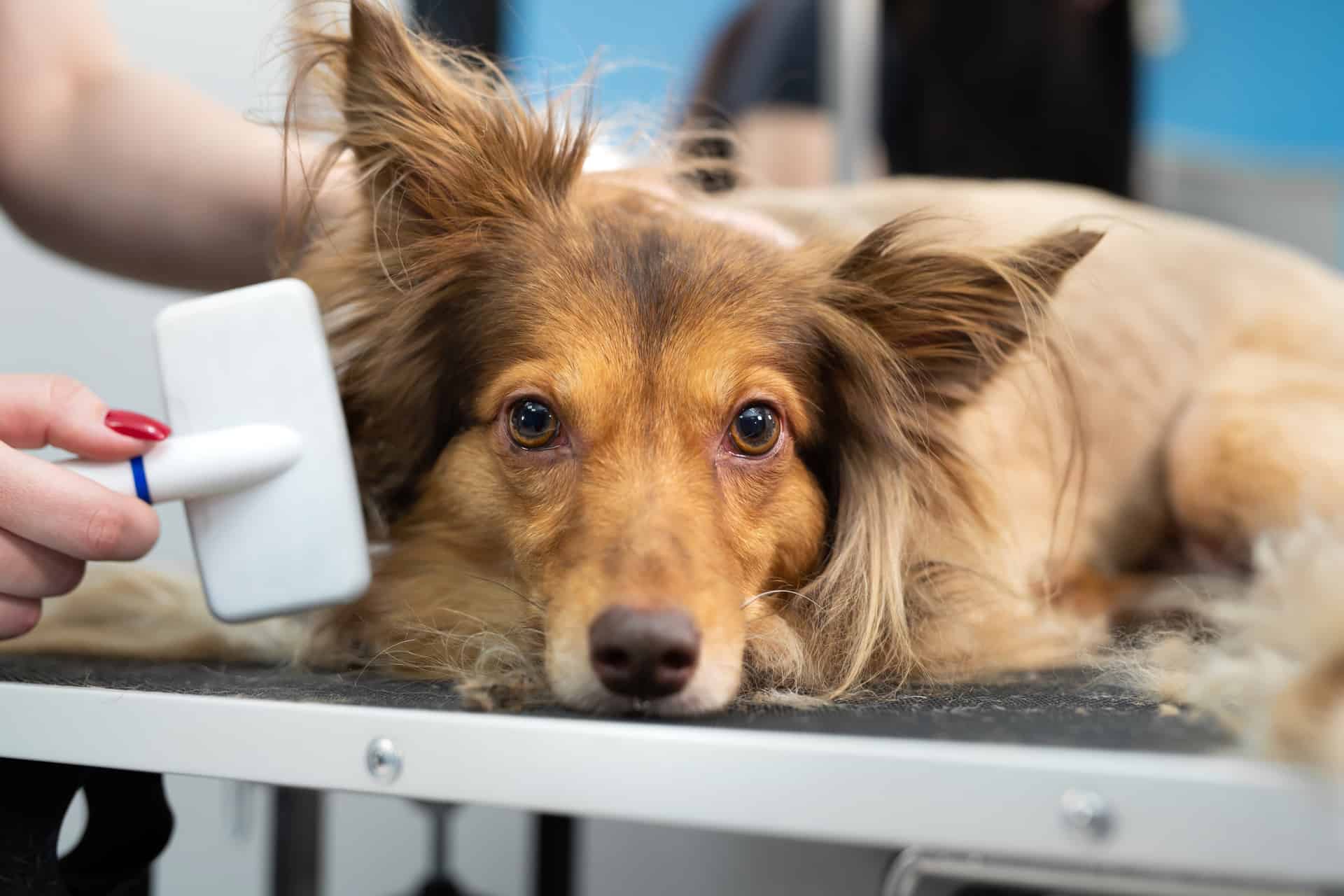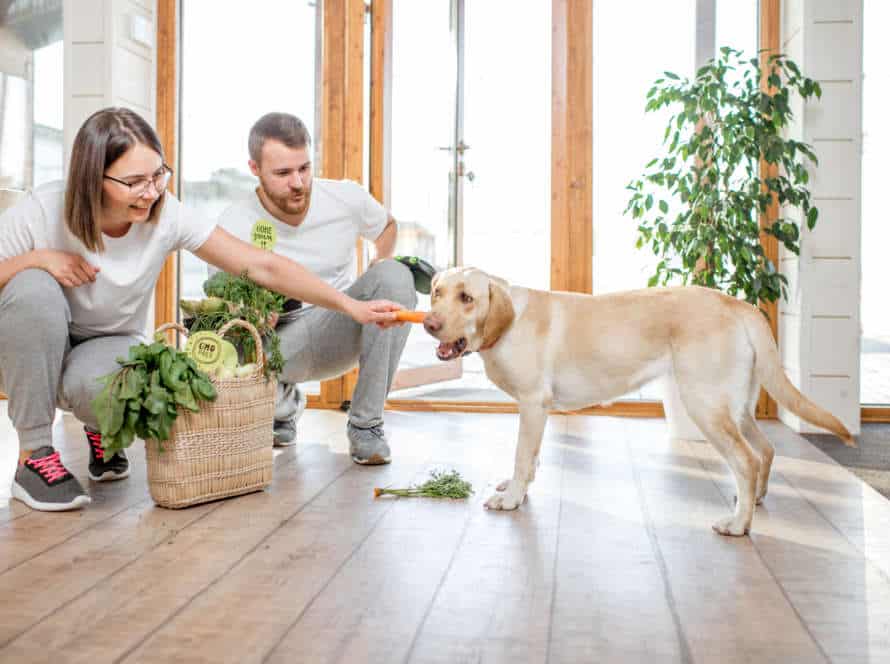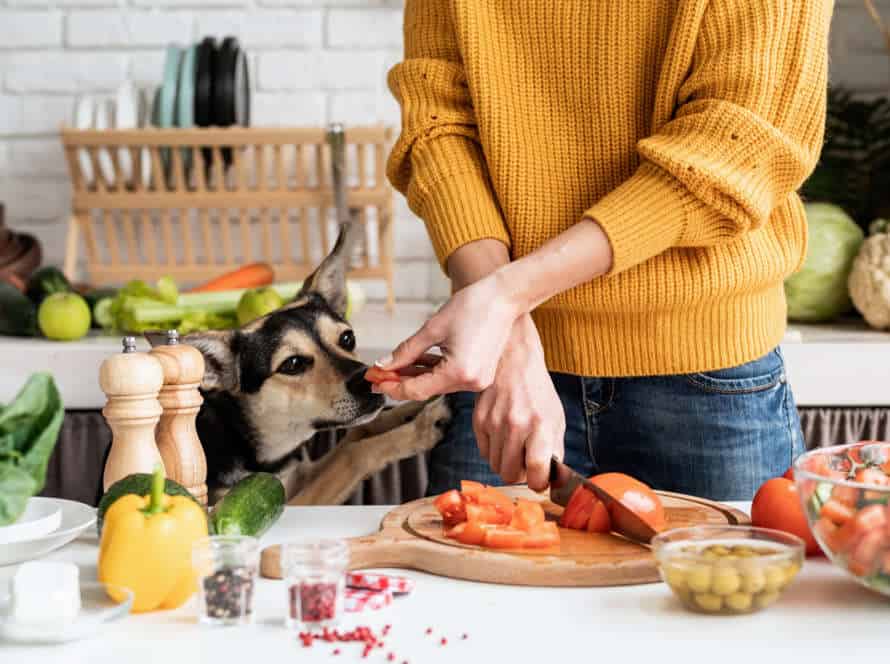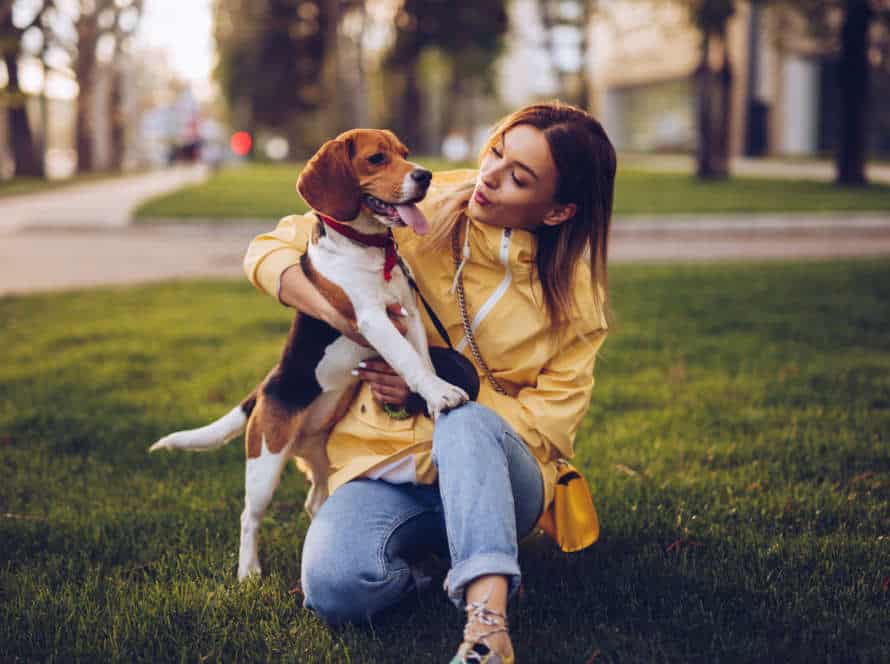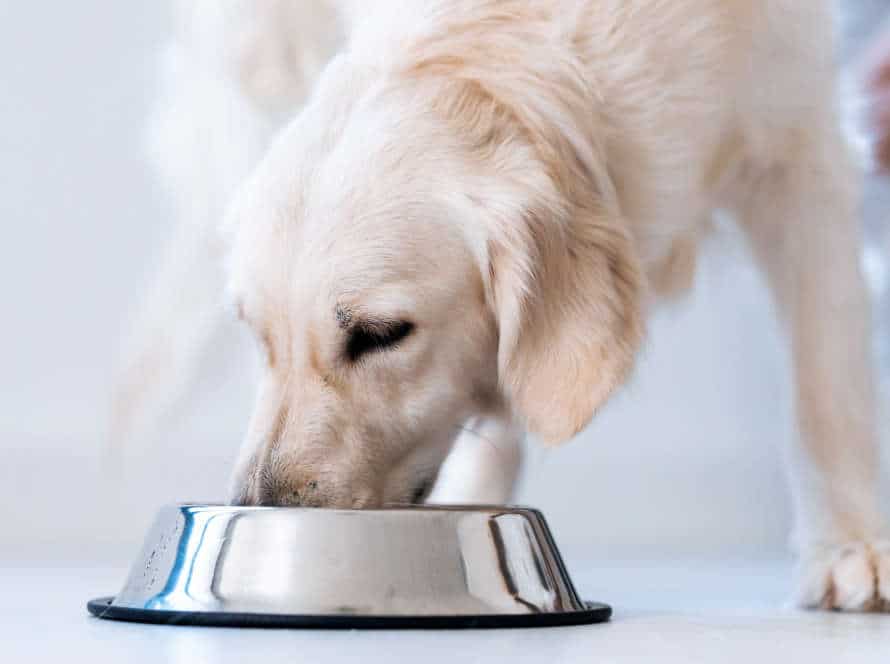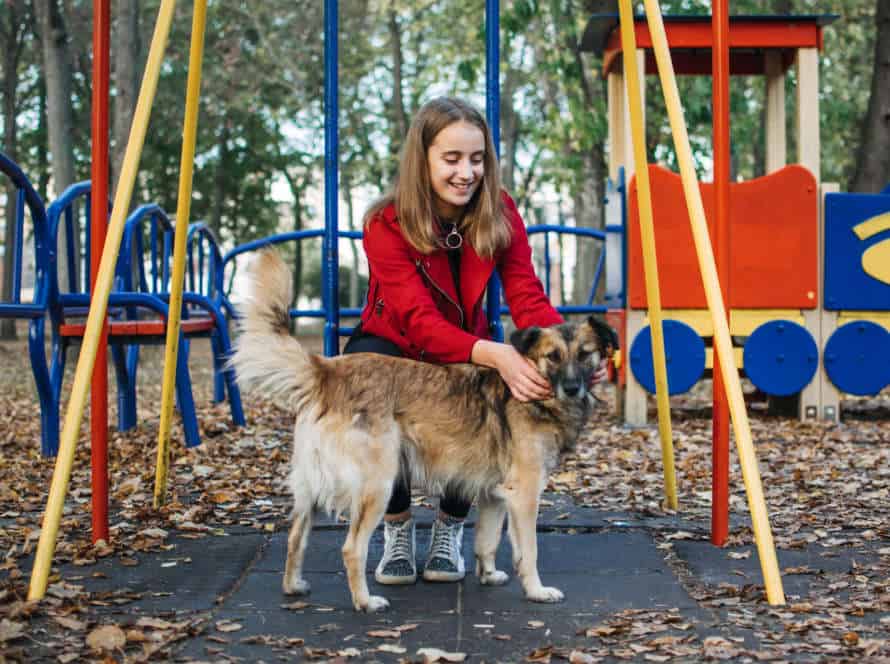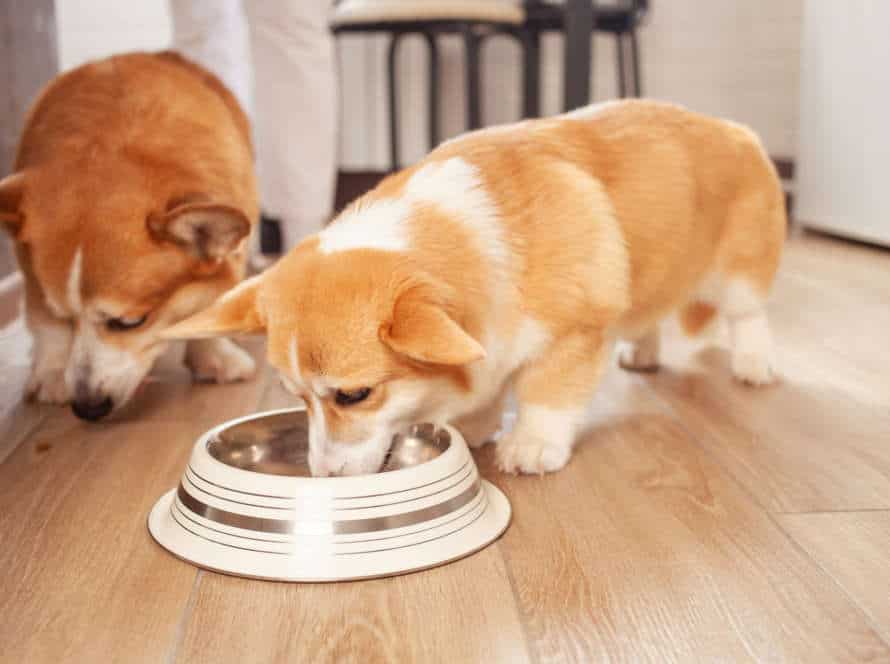Sensitive Area Grooming: Ensuring Your Dog’s Comfort and Safety
Sensitive area grooming is a must for pet care. It’s just as important as taking care of the other parts. These sensitive areas are eyes, nose, ears, paws, and genitals. To groom them while keeping your pet relaxed and comfortable, here are some pro tips:
- Use special shampoos and conditioners made for cats and dogs.
- Choose the right tools for each area to prevent injury.
- Remain calm and gentle. Pets can sense your feelings and react accordingly.
- Give treats or distractions such as toys or puzzle feeders to keep your pet focused.
Proper grooming of sensitive areas not only keeps your pet safe, but also strengthens the bond between the pet and you.
Grooming Sensitive Areas
Grooming your pup is key for their health and happiness. Certain areas can be tricky or sensitive, so it’s important to stay mindful. We’ll go over the challenges of grooming these areas and how to do it safely. Let’s explore!
Understanding sensitive areas on your dog
Areas on dogs that are more sensitive than others have less fur, more blood vessels, and nerves. This means your pup can experience pain, anxiety, or discomfort when touched or groomed. Common delicate areas include ears, paws, genital area, and tail.
When grooming your dog’s ears, use a specific ear cleaner, not cotton swabs. To groom their paws, trim the nails carefully and avoid cutting the quick. To groom the genital area be gentle and keep it clean and dry. For the tail, don’t pull or twist and handle with care.
Caring for sensitive spots on your dog is essential for their comfort and safety. The right grooming techniques and quality tools make the process easier.
Preparing the grooming area
Groom your dog’s sensitive areas? Prepare the area first! Here are the steps:
- Pick a well-lit spot. Make sure there’s good ventilation, so tools and products won’t hurt your pup with fumes.
- Lay a non-slip mat or towel. This’ll keep your pup from slipping and getting hurt.
- Collect all the tools and products you need, so you don’t leave him unattended.
- Put on gloves. This’ll stop bacteria and yeast infections from spreading.
- Calm your pup and talk in a soothing voice. Pro tip: Give treats before, during, and after grooming – this makes a positive association.
Gathering the necessary tools and supplies
Groomin’ yer furry mate’s sensitive spots can be tricky. But with the right tools, you can guarantee their feelin’s and safety. Here’re the essentials:
- Clippers – with a strong motor and sharp blades suited to yer pup’s fur.
- Scissors and Shears – use ’em to trim delicate bits like the face, toes and tail.
- Brush and Comb – for untangling mats, and removin’ loose fur.
- Styptic Powder – keep this handy for when there’s a cut or nick.
- Treats – reward yer pup throughout the process to keep ’em calm.
With all this, you can groom yer pup’s sensitive parts with ease, keepin’ them safe and comfy.
Grooming Nails and Paws
Groom your pup’s nails and paws carefully. It is essential to get it right for their comfort and safety. In this article, we will explain why proper nail and paw grooming matters. Also, we’ll give tips and tricks for doing it well. Plus, the potential risks of grooming this sensitive area.
Trimming your dog’s nails safely
Trimming your pup’s nails is vital for keeping them comfy & healthy, and avoiding unnecessary pain or injury. Here are some tips to trim them safely:
- Start off slow & carefully; increase the amount of nail you trim each time.
- Use proper tools like sharp clippers or a nail grinder; ask your vet if you’re unsure.
- Stay calm and patient; reward your dog with treats/affection.
- Pay attention to their body language/signs of discomfort, like restlessness/vocalizing/pulling away.
- If you cut the quick (pink part with nerve/blood vessels), use styptic powder/cornstarch to stop bleeding.
Regularly trimming the nails keeps them healthy and stops them from scratching furniture/floor!
Inspecting and cleaning your dog’s paws
Inspecting and cleaning your pup’s paws is important for their health. Here’s how:
- Check for signs of injury – cuts, scrapes, thorns or burrs.
- Gently clean the paw pads and between the toes with a damp cloth or baby wipe. Get rid of any dirt, mud or debris.
- Dry the paws completely. Moisture between the toes can cause skin irritation, fungal infections or limping.
- Apply paw balm or petroleum jelly on the paw pads.
Regularly inspecting and cleaning your dog’s paws keeps them safe and healthy.
Using paw balm to soothe and protect paws
Paw balm is the perfect solution for soothing and protecting your pup’s feet, especially in rough weather or after outdoor adventures.
To use it properly:
- Start off by wiping down their paws with a pet wipe or damp towel to take away dirt and debris.
- Rub a small amount of balm onto the pads and in between the toes, massaging it into the skin.
- Let the balm soak in for a few minutes before your pup walks or licks their paws.
- Do this weekly or as needed to keep their paws healthy and moisturized.
Tip: Choose paw balms with natural ingredients like beeswax, coconut oil, and shea butter; these are safe and effective for tender paw pads.
Grooming Ears and Eyes
It’s important to groom your pup’s ears and eyes often. This is especially so for sensitive areas. With the proper knowledge, you can give your dog the best care. Let’s look into how to groom your pup’s ears and eyes.
Checking and cleaning your dog’s ears
Cleaning your pup’s ears is important for their grooming. To do it, take these steps:
- Check for any infection signs. Look for redness, bad smell, or discharge.
- Wipe the outside area with a clean and wet cloth or cotton ball.
- Use a recommended ear cleaning solution. Put a few drops in their ear canal and massage the base.
- Let them shake their head to get rid of the excess.
- Repeat weekly.
Pro tip: Be gentle and reward them with treats or compliments for a positive experience.
Trimming hair around the ears
Grooming your pup’s sensitive areas? Trim the hair around their ears! Here’s how:
- Brush out any tangles or mats.
- Cut the edges of the ears with blunt-tipped scissors for an even line.
- Use thinning shears for bulked-up areas.
- Be careful near the ear canal – just trim the hair visible outside.
Follow these steps for a safe and comfy groom – and to avoid ear infections and matting.
Safely cleaning the area around the eyes
It’s vital to clean around your pup’s eyes. Follow these tips to do it safely:
- Prepare supplies: a soft, damp cloth, cotton balls, and a dry towel.
- Gently hold your dog's head still. Wipe away any dirt or discharge with the damp cloth. Avoid getting cleaning solution or water in their eyes.
- Use a fresh cotton ball for each eye. Wipe from inside to outside corner of the eye, using gentle pressure.
- Dry the area around the eyes with a dry towel.
- If your dog has excessive tearing or discharge, ask your vet if there are any underlying health issues causing it.
Grooming the Anal Area
Grooming your pup’s booty? Sensitive topic, but essential. Not taking care of it can bring discomfort to your furry pal, plus pests, dirt and infection risks. This can make it hard for your pooch to have fun during walks and can even mean bigger health problems later. Let’s learn how to do it right!
Understanding when to groom the anal area
Cleaning and grooming your dog’s anal area is important for their health. You must know when to groom them for their safety and comfort. Here are signs that show you need to groom:
- Scooting or dragging their bottom on the floor or carpet.
- Too much licking or biting around the anal area.
- Bad smell coming from their anal area.
Remember: it’s best to get professional help if you’re not sure or don’t feel comfortable grooming your dog.
Pro tip: Regularly cleaning and grooming their anal area can help prevent infections and other health problems.
How to safely and effectively groom the anal area
Grooming your pup’s bum area can be tricky. Here are some tips to make it easier:
- Use a tool or round-edged scissors to trim the fur around their anus, taking care not to hurt them.
- Put a bit of dog-friendly lubricant on their bum to make it comfortable.
- Keep a damp cloth nearby to clean the area, being careful not to go too deep.
- Give your pup a treat or praise after, to make it a positive experience.
- If you’re uncomfortable, visit a professional groomer or vet for help.
Using dog wipes for regular hygiene maintenance
Groom your pup’s anal area with dog wipes! It’s an easy way to keep them feeling clean and comfortable. To do it right, here are some steps:
- Gently wipe the area around their anus with a dog wipe. Don’t go too close to their rectum or be too rough.
- Repeat with a fresh wipe until their area is clean.
- If they have long hair in that area, trim it carefully with scissors, being extra careful not to nick their skin.
- Throw away used wipes and wash your hands afterwards.
Pro tip: Get dog wipes made for sensitive skin and avoid alcohol and harsh chemicals.
Grooming the Genital Area
It’s essential to groom your dog’s private parts! Keeping them neat and healthy will stop infections that can be really painful. Here, we’ll chat about why this grooming is so important and how to do it safely and properly.
Understanding when to groom the genital area
Grooming your pup’s privates needs careful attention! Knowing when to groom is key for their comfort and safety. Here are some tips to remember:
- Wait for your pup to settle after play, walks, or outside activities before grooming their privates.
- Keep the sessions short to avoid stress or agitation.
- Use high-quality tools like combs, brushes, and scissors suited for sensitive areas.
- Be gentle and patient during the session; use treats and positive reinforcement to keep them in check.
- Avoid harsh chemicals and strong scents near their privates. Stick to natural, pet-friendly products.
By following these tips, you can make sure your pup stays healthy and comfortable, while keeping good hygiene.
How to safely and effectively groom the genital area
Groom your dog’s genital area with extra care. Here are some tips:
- Use a gentle, dog-specific shampoo.
- Clip or scissor long hair, taking care not to hurt your pup.
- Clean the area with a damp cloth or baby wipes, avoiding the genital opening.
- Check for lumps, bumps, or lesions.
- Consult the vet if something looks wrong.
- Reward your pup with treats and praise throughout grooming, so it becomes a positive experience.
Ensuring your dog’s comfort and safety during grooming
Grooming your pup’s genital area needs special care and focus. Here are some tips to remember for sensitive area grooming:
- Use tools made for sensitive areas like rounded-tip scissors, clippers, and combs.
- When working, use a gentle touch, and take breaks if pup is restless or uncomfortable.
- Watch their body language and vocalizations. If they look scared or hurt, stop grooming immediately.
- Prevent cross-contamination between sensitive areas and other body parts.
- Reward pup with treats and praise for good behavior during grooming.
By following these steps, you can make grooming your dog’s genital area safe and comfortable for both of you!
Frequently Asked Questions
1. Why is grooming necessary for a dog’s sensitive areas?
Grooming of sensitive areas, like the ears and genitals, is necessary to prevent infections, reduce discomfort and ensure hygiene. It also helps detect any abnormalities or health issues early on.
2. How often should I groom my dog’s sensitive areas?
The frequency of grooming depends on the breed and coat type of the dog, as well as the individual needs of the dog. Generally, sensitive areas should be groomed at least once a week or as recommended by a veterinarian or professional groomer.
3. Can I groom my dog’s sensitive areas at home?
Yes, it is possible to groom your dog’s sensitive areas at home. However, it is important to use the right tools and techniques to avoid causing discomfort, pain or injury to your dog. Alternatively, you can take your dog to a professional groomer.
4. What are some signs that my dog’s sensitive areas need grooming?
Signs that your dog’s sensitive areas need grooming include foul smell, redness, discharge, scratching or biting at certain areas, and difficulty in walking or sitting comfortably. It is important to address these signs promptly to prevent exacerbation of underlying health conditions.
5. How can I keep my dog calm during sensitive area grooming?
You can keep your dog calm during sensitive area grooming by using positive reinforcement, such as treats and praises, and ensuring a quiet and comfortable environment. You can also use calming aids, such as pheromone sprays or calming music.
6. Is it necessary to bathe my dog after sensitive area grooming?
It is recommended to bathe your dog after sensitive area grooming, especially if the area has been infected or has discharge. However, if the area is not dirty, bathing may not be necessary. Consult with a veterinarian or professional groomer for specific advice.

